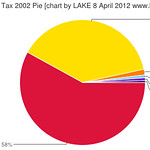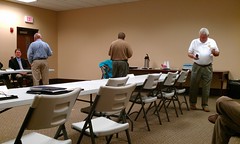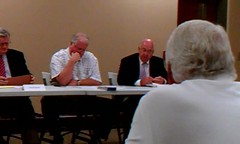This blog covers topics of local interest, and that includes people running for office. If we see you campaigning in a public place or meeting, we may video you or interview you and post it. If you want to submit something to post, we’ll be happy to look at it: see our submissions policy. For political candidates we have a few additional policies:
- No personal attacks, not on other candidates, and not on anyone else. “Harry smells bad” or “Sally is ugly” won’t do.
- Policy criticisms are welcome, including criticisms of what a candidate said or did. “Harry said he would do X and then did Y instead” is fine: if you provide evidence that X and Y actually happened.
- This is a blog of opinion, and LAKE and LAKE bloggers and commenters retain the right to criticise, compliment, ridicule, praise, or otherwise express opinions about candidates and their policies, although as usual we prefer opinions that are backed up by evidence.
- You can return the favor, but we take care to stick to issues, policies, and actions, and if you choose to respond with personal attacks they’ll probably never get beyond the comments.
- LAKE is a volunteer operation, and this blog consists of items that interest us, so we make no guarantee of equal coverage. If you think we missed something, send it to us (see submissions policy) and we will consider it.
- LAKE isn’t usually in the business of endorsing candidates, but we may if we feel like it.
- If you don’t like these policies, let us know (see submissions policy).
Thanks for your attention, and we welcome your submissions; see submissions policy.
If you like what we do, you can use the Donate button on the front of the blog.











 Image by Old Shoe Woman
Image by Old Shoe Woman

